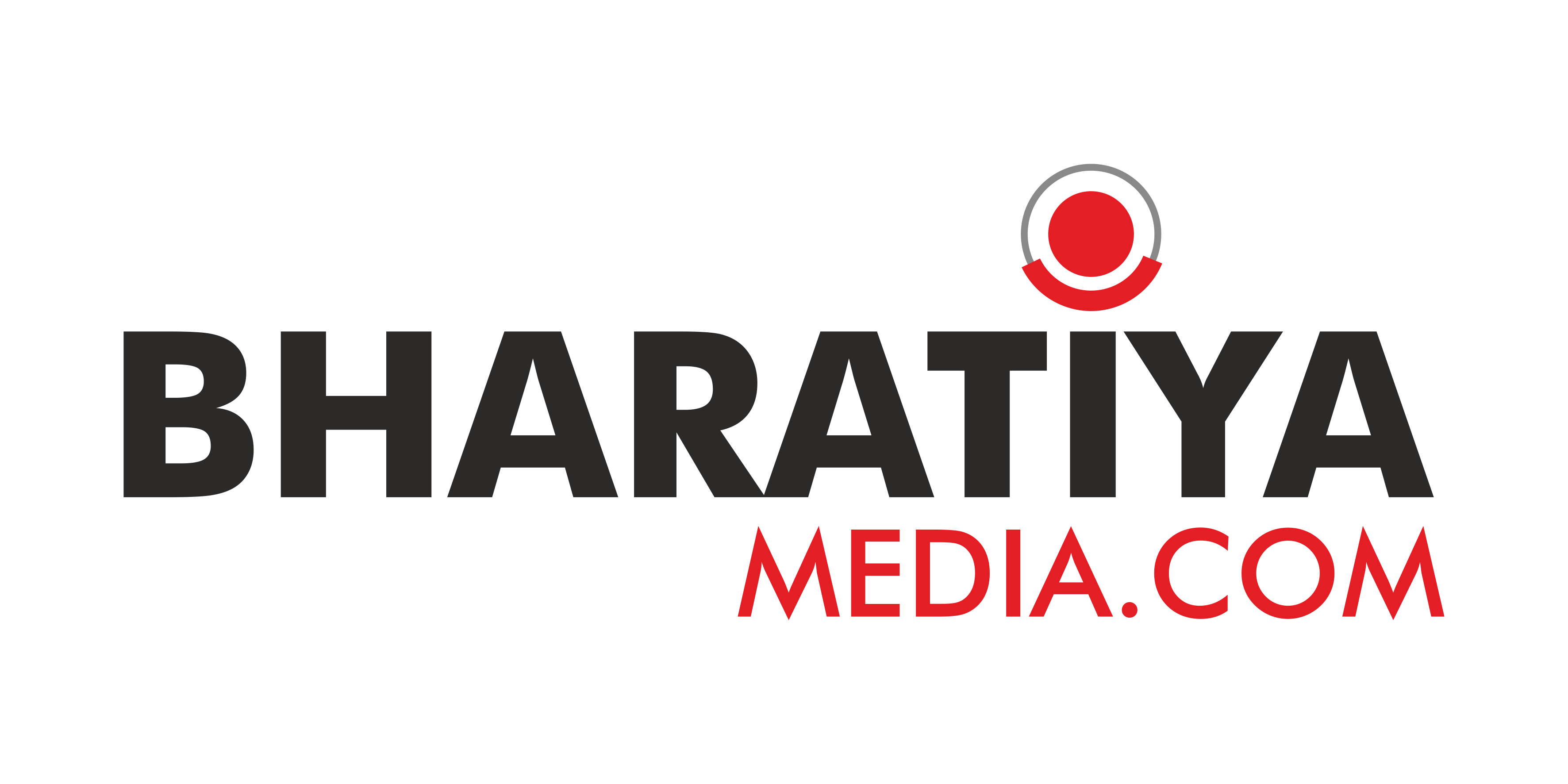What is happening?
The page that you are looking for does not exist on this website. You may have accidentally mistype the page address, or followed an expired link. Anyway, we will help you get back on track. Why not try to search for the page you were looking for:







